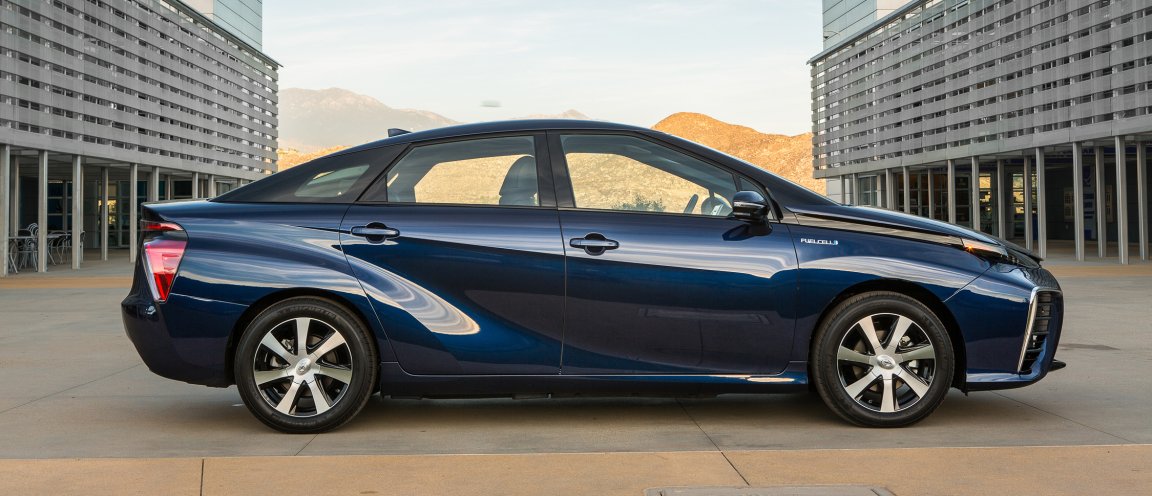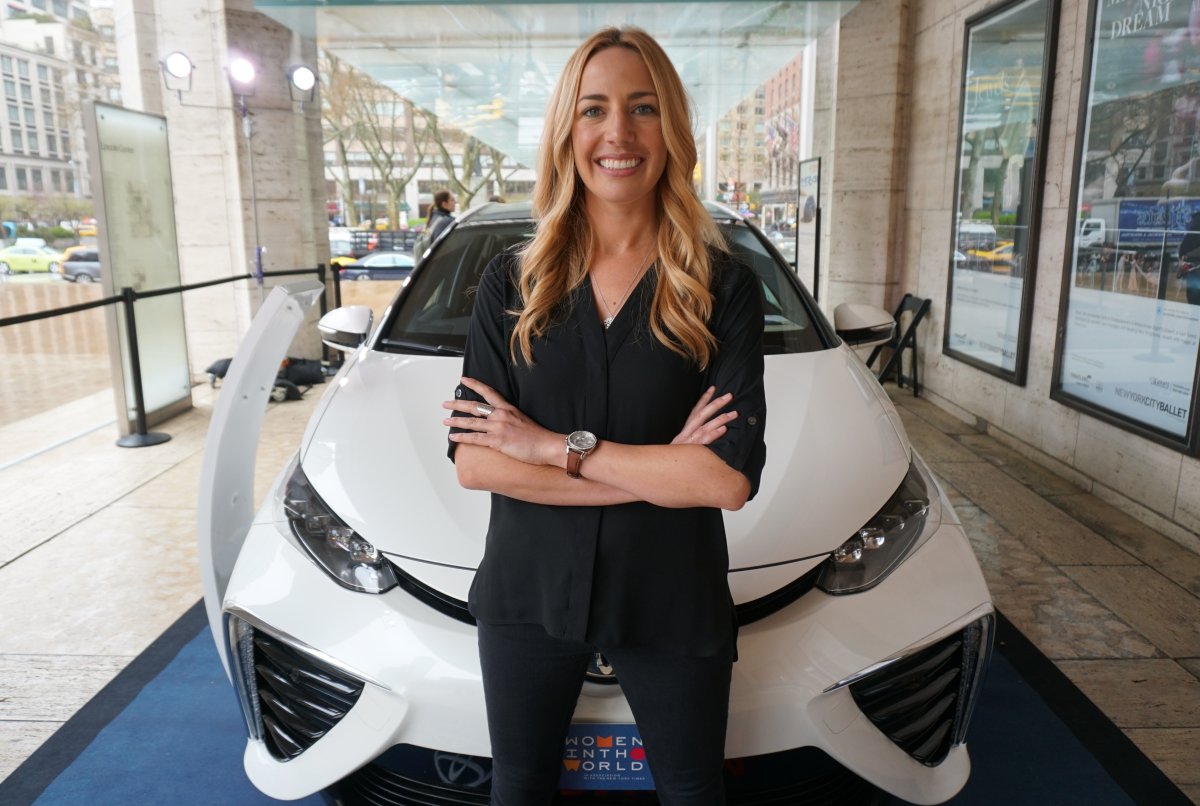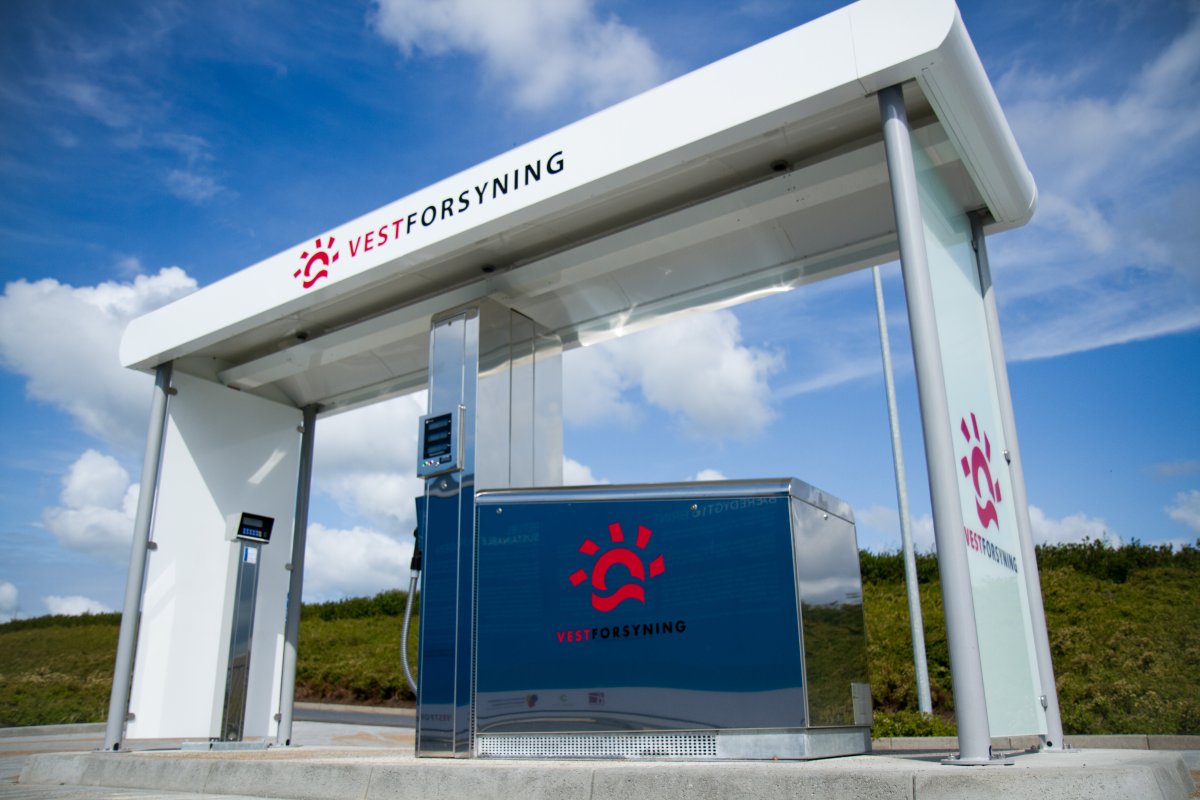
The Road to Revolution
Its only emission is water vapor. It can travel 502 km (312 mi) on a single tank of compressed hydrogen. When it’s empty, it can be refueled in just five minutes. For early adopters, it even comes with $15,000 worth of free fill-ups. The Toyota Mirai—the world’s first mass-produced hydrogen car—sounds like an easy sell.
So, why hasn’t it conquered the globe yet?
At the close of 2015, there were only a dozen hydrogen fuel stations open in all of California—a fraction of the 100 the state pledged to build by 2017. Hydrogen highway projects in Western Europe and Scandinavia saw similar slowdowns. What’s more, only a few dozen drivers in America were driving fuel cell cars.
Hydrogen may be the universe’s most abundant element, but it doesn’t seem to be the world’s most abundant powertrain. At least not yet. Before Toyota’s vision of a “100-year Hydrogen Society” can begin, fuel cell proponents clearly have a lot of work to do. But what does that work actually look like?
We wanted to find out, so I tracked down Toyota senior engineer Jackie Birdsall at the New York Times’ Women in the World conference on April 8. Birdsall was there to give a special presentation on the company’s Mothers of Invention program, but she could have easily been a recipient herself. The 32-year-old is helping lead the charge to prep North America for fuel cells.

A Conversation With Jackie Birdsall
Luke: So, what are the biggest hurdles for the fuel cell industry at this very moment?
Jackie: Building the fueling infrastructure is by far the biggest hurdle. The fuel cell technology is there, and the infrastructure to produce and transport hydrogen is there—our challenge is building dispensers to get the hydrogen into the car.
Luke: With that in mind, what needs to be accomplished in 2016—and 2017—to move past those hurdles?
Jackie: Luckily, through collaboration among other automakers, station builders, academia, and government the fueling infrastructure is gaining momentum in California. We have partnered with Air Liquide to build the infrastructure in the Northeast states later this year, and hope to continue to add more dispensers as we succeed.
Luke: And what do you think it will take to foster long term fuel cell adoption on a broader scale?
Jackie: Launching the vehicle is what drove the infrastructure providers to say, “this is real.” As other automakers start to roll out, they’re going to add additional pressure. In this space of alternative energy and electrification, it’s more collaboration than a competition, because we benefit each other. There’s a larger mission we need to keep our eyes on.
Luke: For you personally, to date, what has been the most rewarding aspect of working with fuel cell vehicles?
Jackie: Well, our launch date was on October 21, 2015—Back to the Future Day—and being a part of that was pretty surreal. At that point I had been working on it for just over 12 years. Engineers that I was there with had been working on it for 20 years, so these are people who had dedicated their entire career to this car. Seeing that come to life was pretty momentous.
Luke: And can you clarify why you believe hydrogen is the ‘energy source of the future’?
Jackie: Hydrogen is non-toxic, odorless, lighter than air, and the most abundant element in the universe. It can be made from pretty much anything, which makes it both domestic and renewable. Imagine if our transportation system ran off a domestic fuel that does no harm to the environment. That should be our future.

2016: The Year of Hydrogen?
Of course, it isn’t just fuel dispensing infrastructure that’s holding hydrogen back. As 2015 drew to a close, there were still many looming questions.
Where does the electricity that generates the hydrogen come from? Should it be renewable? Can it be renewable? What about weather durability? Can fuel cell cars perform in a Mojave Desert summer? How about a North Dakota winter? What’s their lifespan in general?
Wary consumers didn’t just want answers; they wanted proof. After all, early adoption is always a risk. With hydrogen fuel cell vehicles, it’s a $60,000 risk. It explains why automakers have been so bullish—and collaborative—in the opening months of 2016. Here’s how the year is shaping up.
January 11 — Audi and Lexus entered the hydrogen fuel cell race, unveiling concepts at the Detroit Auto Show.
February 10 — Mirai passed a 100,000 km durability test after driving 16 hours per day for 107 days without a breakdown.
March 10 — Honda began leasing its first fuel cell car—Clarity—in Japan.
March 24 — Mirai was named 2016’s World Green Car at the New York Auto Show.
April 7 — Air Liquide announced a partnership with Toyota to bring fuel cell stations to the Northeastern US.
June 2016 — Munich will partner with Hyundai to launch the world’s first fuel cell car sharing program.
Summer 2016 — Toyota will launch Mirai in Norway and Sweden.
Fall 2016 — Toyota and partners will begin trial operation of two fuel cell forklifts whose hydrogen is generated completely by wind power.
Neither Futurism nor the author of this article received monetary compensation (or any other form of compensation) in exchange for writing this piece. This interview has been slightly edited for clarity and brevity.